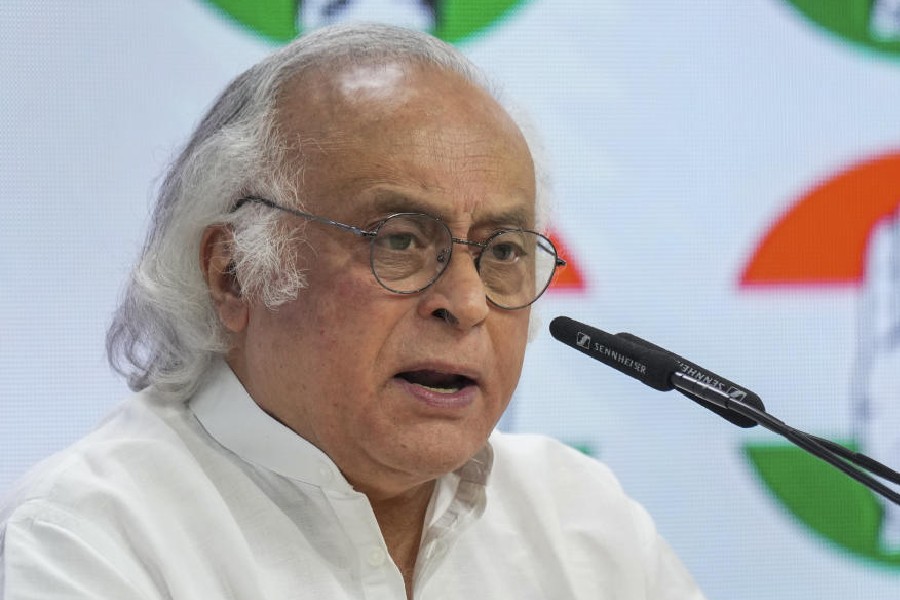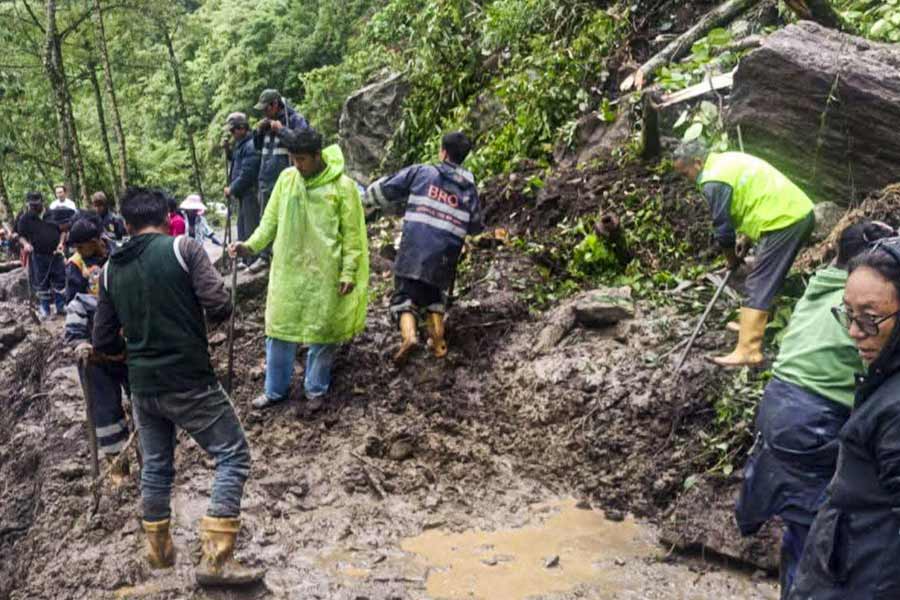 |
| Anita Deshmukh of Pune, who works as project consultant of Save the Children of Canada, addresses the state consultation seminar on Migration and trafficking at Hotel Yuvraj. Picture by Ashok Karan |
Ranchi, Dec. 5: Pramita Barla, an 18-year-old village girl, was ditched by her acquaintances at a village fair some years ago. They left her near a river where two youths involved in Naxalite activities abducted her. Fortunately, she was rescued by an NGO.
Case studies of girls such as Pramita?s were presented during a state consultation workshop on migration and trafficking here today.
The workshop organised by the Jharkhand Domestic Workers? Welfare Trust and sponsored by National Domestic Workers? Welfare Trust is a three-day workshop dealing with the different problems of migrated and trafficked tribal women, especially minor girls, face.
Marianus Kujur, coordinator of Indian Social Institute, New Delhi, spoke at length on the definition of migration and the reasons behind the problem that the states of Jharkhand, Orissa and Chattisgarh have been facing for more than six years.
Migration, in its true form, started during the British period when hundreds of families were taken to Assam to work in tea gardens. The tradition to migrate in search of employment has increased since then, added Kujur.
According to Kujur, the main reason for tribal migration is the rights for land and forest have not remained under them.
The problem of migration will persist unless the government frames certain policies to sell tribal lands. The State Land Tenancy Act withholds the permission to sell tribal land to non-tribals, due to which the landowners remain poor despite having huge areas of immovable property.
The workshop expressed concern about the use of tribal women as a commodity. According to a finding by the National Domestic Workers Welfare, 80 per cent of the trafficked girls are in the age group of 15 to 25 years while 80 per cent are school dropouts.
Tribals who migrate for livelihood comprise a whopping 88 per cent.
The results also showed that most of the tribal girls are mistreated at their workplace. The salary that these women receive does not exceed Rs 1,500 and rarely does it rise above Rs 4,000. The girls are expected to remain at their employer?s disposal for 24 hours.










